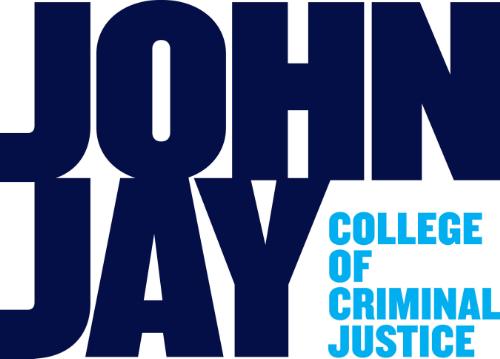
Date of Award
Summer 8-26-2019
Document Type
Thesis
Degree Name
Master of Science (MS)
Department/Program
Forensic Science
Language
English
First Advisor or Mentor
Mechthild Prinz
Second Reader
Linda Rourke
Third Advisor
Eliot Springer
Abstract
Investigations of many crimes such as robberies, kidnappings, and terrorism are often associated with the recovery of a paper document which has been written by the perpetrator. Paper can provide a variety of forensic evidence such as DNA, latent fingermarks, and indented writing. The focus of this study was the collection of probative DNA profiles from the text region of a handwritten note through a vacuum suction device without altering or destroying the document. Collection of DNA evidence was carried out in two separate groups. The first group involved 11 volunteers providing a handwritten note sample with unwashed hands. The second group of DNA collection involved six volunteers providing handwritten notes before and immediately after a period of mild aerobic activity. After the collection of DNA evidence, 10 volunteers provided sebaceous and eccrine latent fingermarks placed onto separate paper documents and developed with magnetic fingerprint developer or 1,2 indanedione to observe any effects of the vacuum swabbing technique. A final step to the study was performed to observe the effects of the vacuum swab technique on indented writing which may be developed using Electrostatic Detection Apparatus (ESDA). Ten simulated robbery notes were impressed with overlay sheets and processed with the vacuum swab before being developed using the ESDA process. Approximately 80% of processed DNA samples produced potentially probative profiles. Quantities of recovered DNA in the single collection series ranged from 0.6-54.3 pg/µL. DNA quantities in the active series prior to the aerobic activity ranged from 3.1-55.8 pg/µL. DNA quantities in the active series post-activity ranged from 1.9 to 221.6 pg/µL. The vacuum swab technique did not destroy nor alter any of the observed fingermarks. Additionally, the vacuum swab technique did not interfere with any indented writing as observed through ESDA.
Recommended Citation
McLaughlin, Patrick M., "DNA recovery from handwritten documents using a novel vacuum technique" (2019). CUNY Academic Works.
https://academicworks.cuny.edu/jj_etds/126

